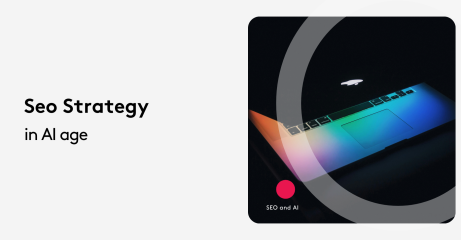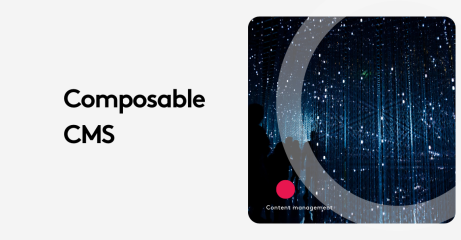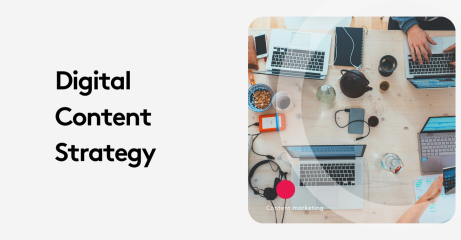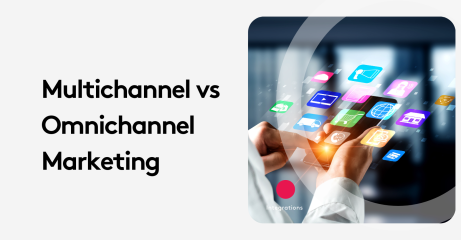Top Growth Marketing Channels You’re Overlooking

Not all growth marketing channels are created equal—and some of the most powerful are flying under the radar. If you’re relying on the usual suspects, you might be missing out on untapped opportunities for serious scale.
Fans of the TV show “Mad Men” will know that Don Draper and his colleagues focused their professional skills on three major marketing channels: radio, TV, and print. Fifty-plus years later, technology has enabled so many new marketing channels that the “Mad Men” (and women) would truly have been driven mad by all the avenues by which they could get their clients' messages to prospective consumers.
Key takeaways
- Smart Voice Assistants: Platforms like Alexa and Google Home offer new interactive ways for brands to engage with users via custom voice skills.
- Wearables: Smartwatches and fitness trackers provide marketers with real-time user data and opportunities for personalized experiences.
- Internet of Things (IoT): Connected devices like smart fridges and cars can serve as direct marketing channels, turning physical products into digital touchpoints.
- Messaging Apps: Apps like WhatsApp and Facebook Messenger enable direct, personalized communication with users through chatbots and real-time messaging.
On this page:

The emergence of omnichannel marketing
Today’s average consumer wants to find out about your services on Twitter, browse your website from a mobile device, complete a transaction over the phone, then talk to your customer service team via desktop, and then get more information from your Alexa Skill as they use your service — and they want your brand to remember them and their account details at every step.
That’s an omnichannel customer experience.
Hubspot describes omnichannel marketing as, “the ability to deliver a seamless and consistent experience across channels while factoring in the different devices that consumers are using to interact with your business.”
You can learn more about omnichannel marketing from our guide to omnichannel eCommerce marketing strategies.
But hold on there just one second. Doesn’t omnichannel marketing just mean marketing on different channels to reach more customers?
Nope.
Omnichannel vs multichannel
An omnichannel marketing strategy will, of course, incorporate multiple channels. However, not all multi-channel marketing approaches can be classified as omnichannel experiences. The key difference is consistency: a multi-channel strategy may employ different messages according to each channel, where an omnichannel strategy will maintain a consistent user experience, regardless which device the customer uses to view the message.
Stacy Schwartz, a digital marketing consultant and adjunct professor at Rutgers Business School in New Jersey, describes the omnichannel approach as one that "puts the customer, not corporate silos, at the center of its strategy. It acknowledges that mobile and social (media) have enabled customers to not only quickly switch between channels, but actually use channels simultaneously.”
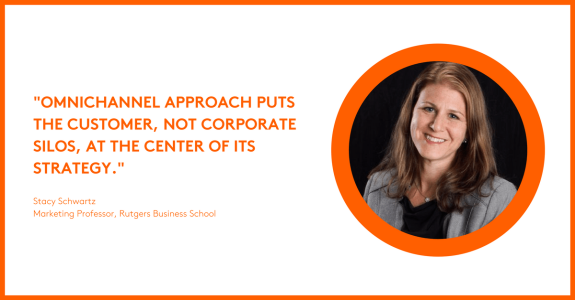
The benefits of an omnichannel strategy
This customer-centered approach has paid off for many retailers. A study in Harvard Business Review of 46,000 shoppers found that 73 percent of those surveyed shopped through multiple channels. Those shoppers also spent 10 percent more on their online purchases and 13 percent more on their in-store purchases than those who only used one channel.
The opportunities for omnichannel marketing extend beyond the traditional online presence, social media platforms, or smartphone apps. With new devices and new ways for customers to connect to both producers and each other, these channels give marketers unprecedented means to reach their audience.
Here are some outlets that marketers will want to add to their omnichannel strategies in 2025.
[Untapped marketing channel #1] Smart voice assistants
The growing popularity of smart voice assistants like Alexa, Google Home and Siri is giving brands a new way to interact with their customers and clients.
(Side note: Here’s how you could optimize your eCommerce site for voice search)
Dozens of companies have developed “skills” for Amazon's Alexa virtual assistant platform. Fitness buffs can use Alexa skills to create a workout or plan a healthy meal, while those more inclined toward watching a movie and ordering pizza can also use Alexa to request a movie from Netflix or Amazon Prime and place an order with Pizza Hut or Domino's.
[Untapped marketing channel #2] Wearables
Wearable technology can range from visual overlays on eyeglasses, to audio information fed into Bluetooth headsets, to smartwatches that can monitor everything from the wearer's heart rate to their stock portfolio.
While some wearables like the Apple Watch and Fitbit have been more successful than others (we’re looking at you, Google Glass), the trend toward wearable connected devices shows no signs of slowing down. More than 100 million wearable devices were sold in 2016, and industry analysts expect that number to rise in the next few years.
Wearable medical and fitness monitors have already made significant impacts on both the healthcare and fitness industries. As the capabilities of wearable technologies grow, the opportunities to incorporate wearables into an omnichannel marketing approach are also magnified. For instance, wearables can gather data on a user's in-store experience, such as the items they browse, the time they spend in a store, or the average value of their items, and deliver messages that match those qualities.
[Untapped marketing channel #3] Internet of Things
While smart voice assistants and wearable technologies fall under the expanding umbrella term of “IoT”, or the “Internet of Things”, it’s worth noting that thousands of products, ranging from cars to refrigerators, are now IoT-enabled.
This additional connectivity not only gives marketers reams of potential data on their customers' preferences, it also gives them an additional avenue to promote the products that the data shows that they desire.
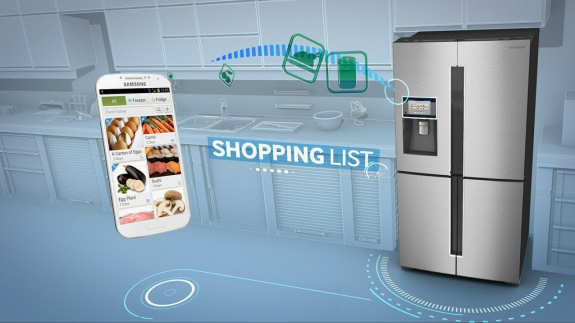
“The internet of things allows you to change the role of marketing,” said Matt Guest, head of digital strategy consulting at Deloitte EMEA. “Physical products will become channels, so without marketing being part of the conversation, you’d have a much riskier business model.”
[Untapped marketing channel #4] Messaging apps
Mobile messaging apps have evolved beyond short, simple text messages. Apps such as Facebook Messenger in North America, WhatsApp in Europe and WeChat in China allow more than 5 billion users per month to share photos, audio snippets, videos, and links. Marketers can also use these features to get their message to their customers — as Clarks and Hellman’s have done.
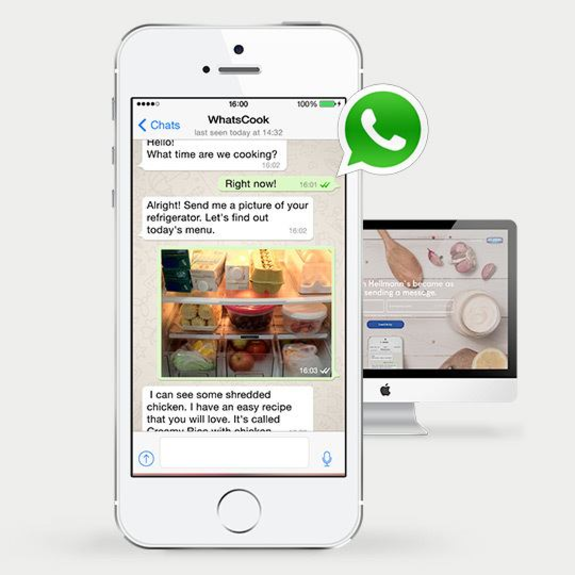
Some marketers have used chatbots to interact with users through their messaging apps. These programs deliver pre-set responses based on the content of the user's messages. Other companies use live operators or connect users with experts who can answer their questions in real-time.
Broaden your horizons (and your channels)
If your omnichannel strategy only includes a website, native mobile app, progressive web app (PWA) and an email marketing campaign, then it may be time to assess the pros and cons of adopting one of the channels listed above.
Consumers are now demanding more innovative interactions with their favorite brands, and if you don’t start delivering on their favorite channels, somebody else will.
What’s in your omnichannel marketing plan for 2025?







